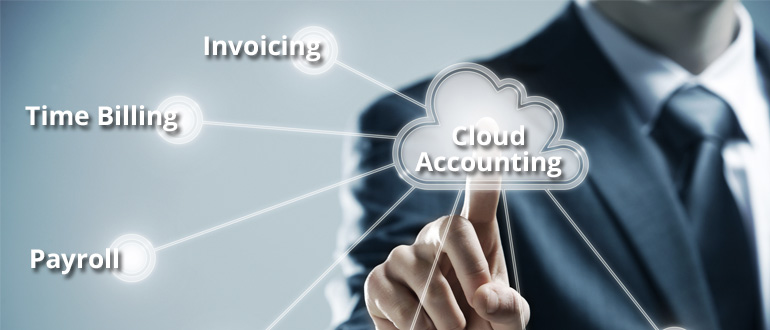We all know that cash is king when it comes to business success, but what exactly is ‘working capital’ and how does this financial metric help measure the health of your business?
Working capital is made up of the cash and assets that are available in the business to fund your operations and keep you trading. It’s worked out by taking your current assets (the things you own) away from your current liabilities (the things you owe to other people).
So, why is working capital such a critical metric?
Having the liquid capital needed to trade
It’s possible for your business to be busy, successful and profitable, but for your cash position to still be in poor health – and that can have a serious impact.
If you can’t readily convert your assets into liquid cash, it’s a struggle to meet your cashflow goals, pay your bills and fund your day-to-day operations. But with the optimum level of working capital, you strengthen your balance sheet and put the company in a solid financial position.
To achieve this healthy level of working capital you’ll need to:
- Proactively manage your cashflow – cashflow feeds your working capital by pumping liquid cash into the company and keeping the balance between assets and liabilities in a strong position. But to achieve this, it’s vital to achieve a positive cashflow position, where your cash inflows are greater than your cash outflows. This means getting paid on time, lowering your outgoings and keeping a close eye on your ongoing cash position.
- Monitor and forecast your financial position – running regular financial reports helps you stay in control of your finances. With careful monitoring and forecasting of your cash position, you can ensure you don’t end up in a negative cashflow position, without the requisite working capital to trade and fund the next stage in your business plan. Cloud accounting software and business intelligence apps have made it easier than ever to create up-to-date, real-time reports and run dashboards that show your key metrics.
- Use additional finance when required – if working capital is looking thin on the ground, then additional funding may be needed to bolster your balance sheet. Short-term finance options (such as overdraft extensions or invoice finance) and longer-term business loans can be needed to keep working capital on an equilibrium.
Talk to us about optimising your working capital
Working closely with your bookkeeper is vital if you want to promote the ideal level of working capital in the business. We can help manage your cashflow, monitor your financial metrics and provide access to additional finance and funding when your capital needs a boost.
Get in touch to start maximising your working capital.















